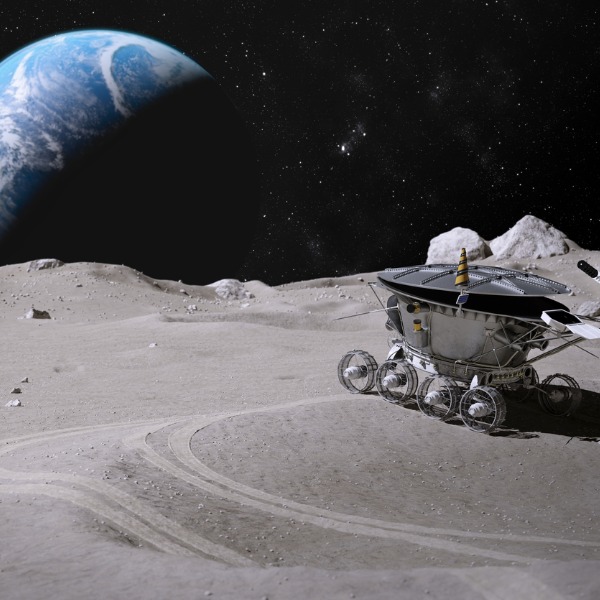Can you design a rover that can survive on the moon?

Rover on the Moon (Vitaly Kusaylo, iStockphoto)

Rover on the Moon (Vitaly Kusaylo, iStockphoto)
How does this align with my curriculum?
BC
11
Earth Sciences 11 (June 2018
Big Idea: Astronomy seeks to explain the origin and interactions of Earth and its solar system.
YT
11
Earth Sciences 11 (British Columbia, June 2018
Big Idea: Astronomy seeks to explain the origin and interactions of Earth and its solar system.
